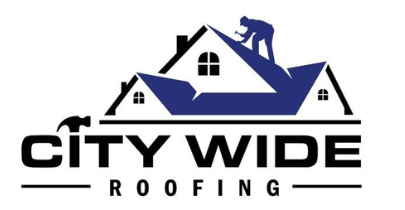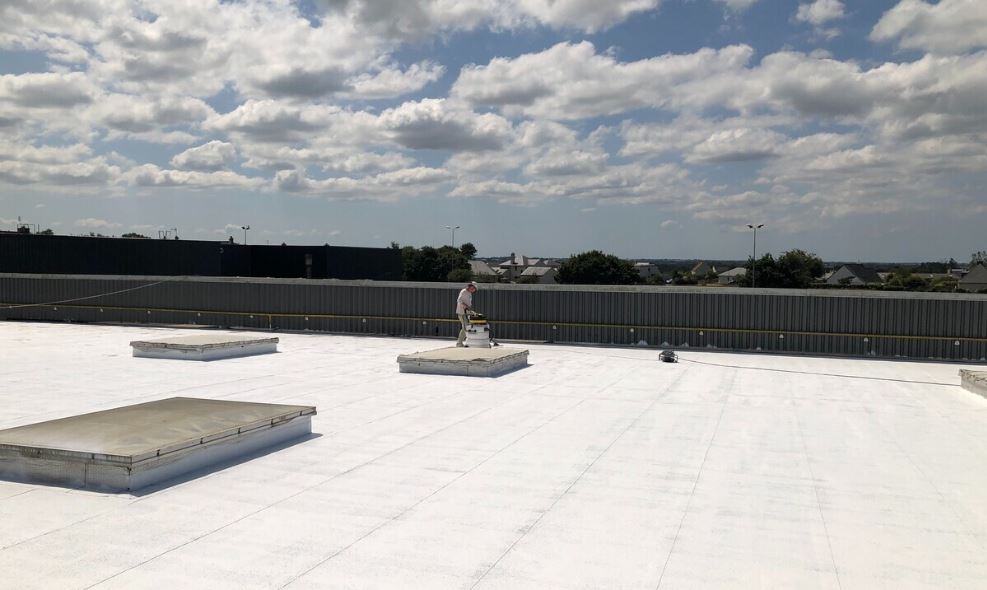In the realm of sustainable architecture and energy efficiency, the concept of ‘cool roofs‘ has emerged as a compelling solution to address both economic and environmental concerns. The principle behind cool roofs, which are designed to absorb less heat and reflect more sunlight than standard roofs, offers intriguing implications for cost savings and environmental stewardship.
By reducing energy consumption, these roofs can significantly lower cooling costs, offering a compelling economic advantage. Furthermore, their potential to mitigate the urban heat island effect, a phenomenon that exacerbates global warming, positions them as an environmentally sound choice.
But how substantial are these benefits in practice and what other factors should be considered in their broader economic and environmental impact? This discussion will explore these pressing questions, inviting further contemplation on the viability and impact of cool roofs in our progressively eco-conscious society.
Economic Advantages of Cool Roofs
Harnessing the power of reflection, cool roofs offer significant economic advantages, primarily through energy savings and reduced maintenance costs.
By reflecting more sunlight and absorbing less heat than traditional roofs, cool roofs reduce the need for air conditioning, leading to considerable energy savings. Over time, this reduction in energy consumption can result in substantial cost savings for property owners.
Additionally, the reflective properties of cool roofs can help to extend their lifespan, leading to reduced maintenance and replacement costs.
Furthermore, in urban areas where the heat island effect can drive up energy costs, the widespread adoption of cool roofs could lead to a significant decrease in overall energy expenditure, further illustrating their economic benefits.
Environmental Impact of Cool Roofing
Beyond their economic advantages, cool roofs also have a substantial positive impact on the environment. Primarily, they achieve this through reduced energy consumption and decreased urban heat island effect.
Cool roofs lower energy use by reflecting more sunlight and absorbing less heat. This reduction in energy consumption not only decreases the demand for power plants but also leads to a decrease in greenhouse gas emissions.
Additionally, cool roofs mitigate the urban heat island effect. This phenomenon occurs when urban areas are significantly warmer than their surrounding rural areas due to human activities. By reducing the temperature, cool roofs improve local air quality by decreasing the formation of smog. They also enhance community resilience to heat waves.


